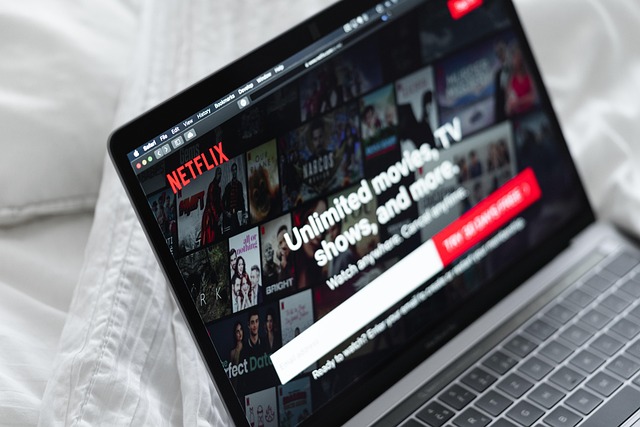Monetization Models for Live Performances in the Digital Era
Digital tools and platforms have expanded how artists, venues, and curators generate income from live work. This article outlines practical monetization approaches for performances that blend theatre, music, film, animation, gallery exhibitions, and immersive experiences in online and hybrid formats.

Live performance is no longer confined to a physical stage; digital distribution and creative curation have changed how revenue is generated. Artists and organizations that work in theatre, music, visual arts, film, animation, galleries, and festivals now balance in-person ticketing with streaming, digital sales, licensing, and sponsorship. Understanding how these models interrelate helps creators design diverse income streams that reflect artistic goals and audience expectations.
How does streaming change theatre and music revenue?
Streaming enables theatre companies and musicians to reach viewers who cannot attend in person, but it also requires rethinking pricing and rights. Pay-per-view and subscription models can provide predictable revenue: single-event sales suit one-off performances, while memberships and season passes support ongoing series. Licensing recorded performances to educational institutions or broadcasters creates another layer of income, and micro-payments or tipping during live streams can capture small, immediate contributions from fans. For music, combining streaming revenue with digital merch and exclusive content bundles helps offset lower per-stream payouts from platforms.
Visual and film collaborations: galleries, exhibitions, and animation
Visual artists and filmmakers can monetize through timed online exhibitions, digital screenings, and limited-edition releases of animation or film segments. Galleries can sell virtual viewings or curated walkthroughs, while curators can offer premium guided tours or artist talks as ticketed digital events. Selling high-resolution downloads, NFTs tied to animation clips or visual works, and licensing clips to other platforms are additional options. Successful monetization depends on clear rights management and transparent terms for collectors and viewers.
Immersive experiences and curation: integrating sound and performance
Immersive live work often combines spatial design, sound, performance, and interactive elements. Digital or hybrid renditions can be monetized through tiered access: standard ticketing for a base live stream, premium packages for backstage access, or VR/360° experiences for higher-priced immersive seats. Curated series that group related immersive pieces can use season passes or subscription tiers to encourage repeat attendance. Sound design and bespoke audio experiences can be licensed separately to other productions or incorporated into paid downloadable content for home listening.
Festival strategies: ticketing, sponsorship, and hybrid programming
Festivals that mix in-person and online programming expand reach and sponsor appeal. Hybrid ticketing—single-event digital passes, day passes, and full-festival subscriptions—lets audiences choose commitment level. Sponsors can underwrite specific online streams or digital hubs, receiving brand placement across virtual venues. Monetization also includes on-demand access to recorded sessions after the festival window, commercial partnerships for curated playlists or film blocks, and paywalled archives that maintain long-term value for attendees and researchers.
Hybrid models: subscriptions, pay-per-view, and merch bundles
A diversified approach reduces dependence on any single income source. Subscriptions provide steady cash flow and stronger audience retention, while pay-per-view suits large, high-demand events. Combining digital ticketing with physical or digital merchandise—signed posters, downloadable animation loops, exclusive soundtracks—creates higher per-audience revenue. Affiliate sales, digital workshops, and online masterclasses led by performers or curators add educational monetization pathways. Clear delivery (download, streaming link, timed access) and fair pricing alignment with audience expectations are essential.
Pricing and audience segmentation considerations
Pricing should reflect production costs, platform fees, and perceived value. Segmenting audiences—students, local attendees, international viewers, and patrons—allows tailored price points and promotional strategies. Consider offering sliding-scale payments, early-bird discounts for festivals, and bundled rates for series or cross-disciplinary packages (for example, film screenings plus live Q&A). Monitor analytics from streaming platforms and ticketing systems to refine pricing and discover which offers convert best for different audience demographics.
Conclusion
Monetization in the digital era is a mosaic of methods: streaming, subscriptions, licensing, hybrid ticketing, merchandise, sponsorships, and curated digital experiences. Artists and organizations that combine multiple models while maintaining transparent rights and clear pricing can expand reach and stabilize income. Thoughtful curation—whether for a gallery exhibition, an animation screening, or an immersive sound performance—will align income strategies with artistic intent and audience needs.





